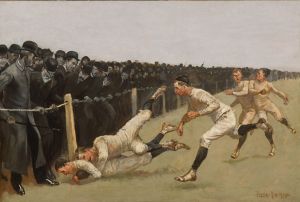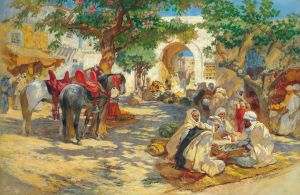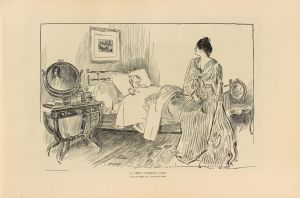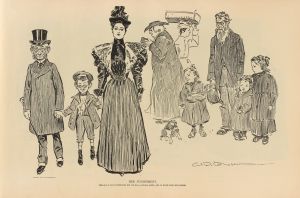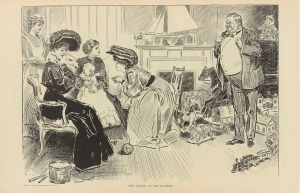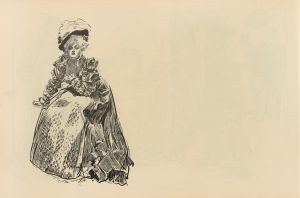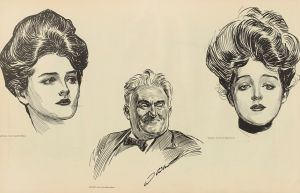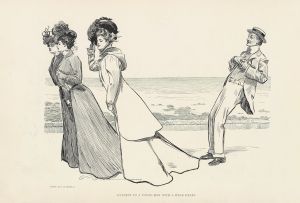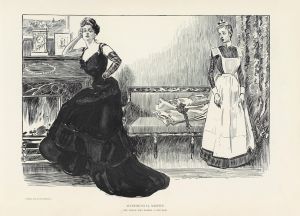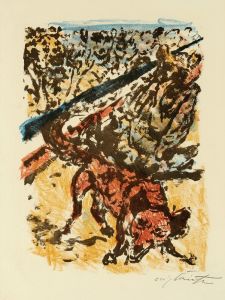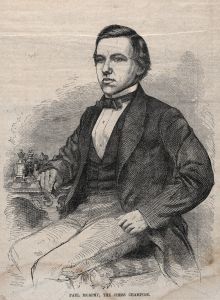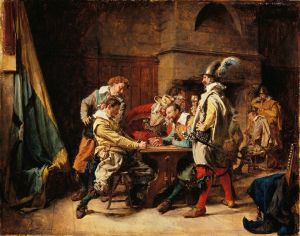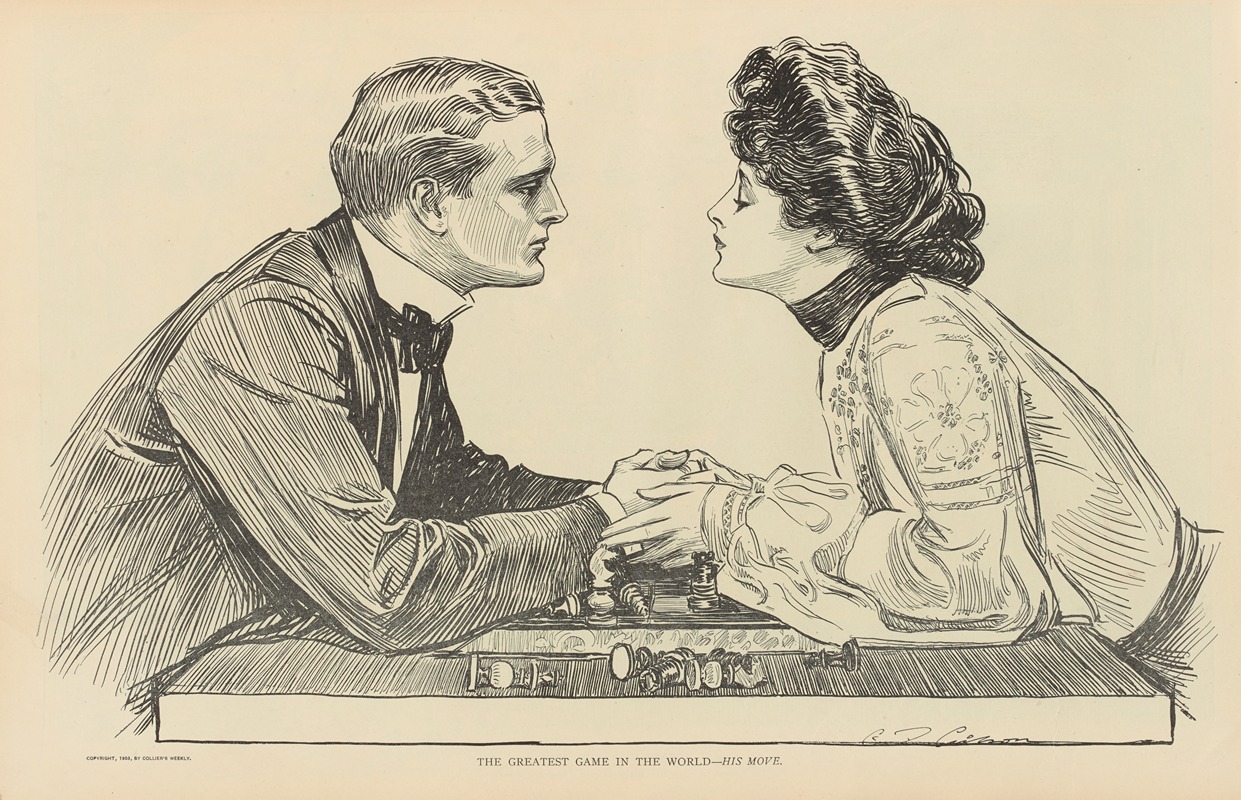
The greatest game in the world—his move
A hand-painted replica of Charles Dana Gibson’s masterpiece The greatest game in the world—his move, meticulously crafted by professional artists to capture the true essence of the original. Each piece is created with museum-quality canvas and rare mineral pigments, carefully painted by experienced artists with delicate brushstrokes and rich, layered colors to perfectly recreate the texture of the original artwork. Unlike machine-printed reproductions, this hand-painted version brings the painting to life, infused with the artist’s emotions and skill in every stroke. Whether for personal collection or home decoration, it instantly elevates the artistic atmosphere of any space.
Charles Dana Gibson was an influential American illustrator, best known for creating the iconic "Gibson Girl" image, which became a symbol of the idealized American woman at the turn of the 20th century. Among his many works, "The Greatest Game in the World—His Move" stands out as a notable piece, though it is not as widely discussed or documented as some of his other illustrations.
"The Greatest Game in the World—His Move" is a black-and-white illustration that captures a moment of strategic contemplation. The artwork depicts a man and a woman engaged in a game of chess, a popular pastime that symbolizes intellectual engagement and strategic thinking. The man, deep in thought, is about to make his move, while the woman watches intently, suggesting a battle of wits between the two. This scene is characteristic of Gibson's style, which often included themes of social interaction and the dynamics between men and women.
Gibson's work was primarily published in magazines such as Life, Harper's Weekly, and Scribner's, where his illustrations reached a wide audience and influenced public perceptions of gender roles and societal norms. His illustrations were known for their detailed line work and the ability to convey complex social narratives through simple yet powerful imagery.
The era in which Gibson created "The Greatest Game in the World—His Move" was marked by significant social changes. The late 19th and early 20th centuries were a time when traditional gender roles were being questioned and redefined. Women were increasingly seeking education and participating in public life, and Gibson's illustrations often reflected these shifts. The chess game in this illustration can be interpreted as a metaphor for the evolving roles of men and women, with both players on equal footing in the intellectual arena.
Gibson's influence extended beyond his illustrations; he was a cultural icon whose work helped shape the visual language of his time. The "Gibson Girl" became a standard of beauty and sophistication, representing the modern, independent woman. Although "The Greatest Game in the World—His Move" does not feature a "Gibson Girl" in the traditional sense, it still embodies the themes of equality and intellectual engagement that were central to Gibson's body of work.
In summary, "The Greatest Game in the World—His Move" is a testament to Charles Dana Gibson's skill as an illustrator and his ability to capture the essence of social dynamics in his art. Through the simple yet profound depiction of a chess game, Gibson explores themes of strategy, intellect, and the evolving roles of men and women in society. His work remains a significant part of American art history, reflecting the cultural shifts of his time and continuing to be appreciated for its artistic and historical value.





